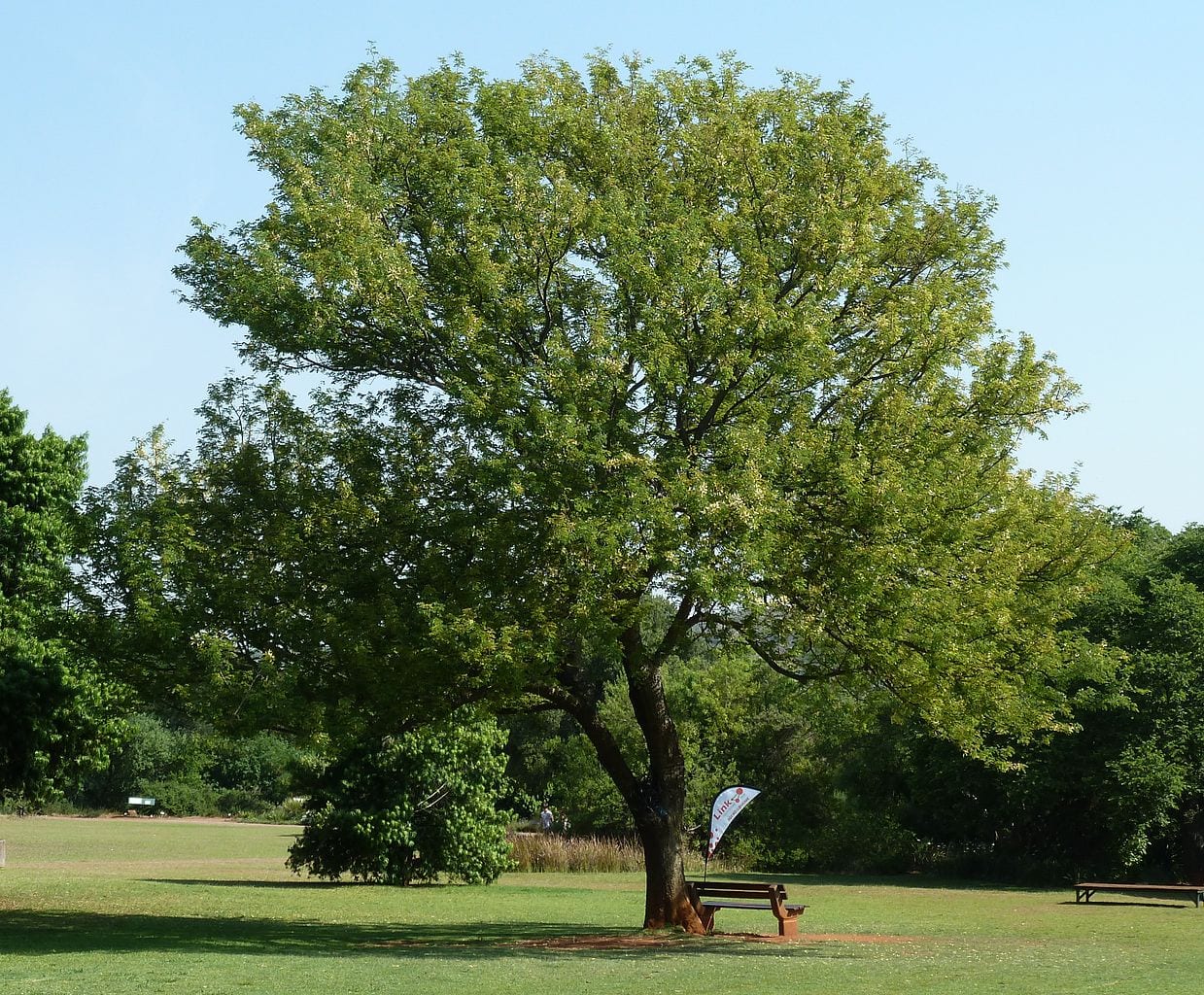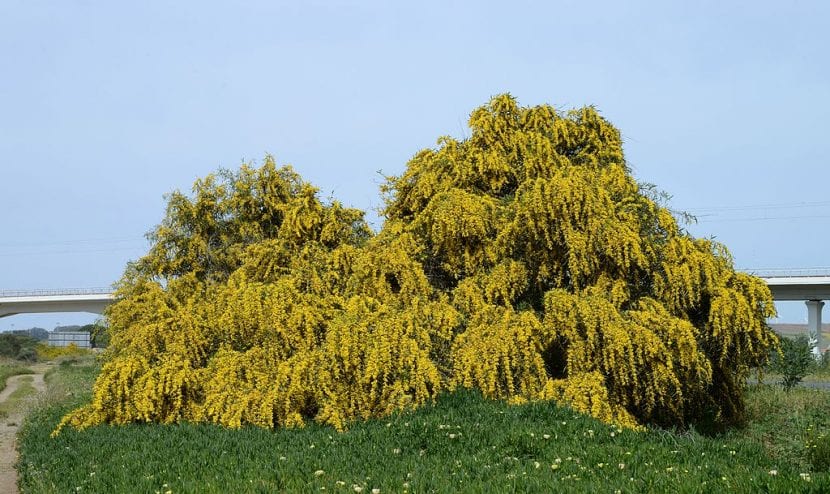
Image - Wikimedia / Alvesgaspar
La acacia saligna It is one of the species of trees or small trees that grows fast (very fast, actually) and that can give you more joy ... as long as you plant it in the right place so that it can develop its magnificent crown that fills with flowers every spring .
The maintenance is almost nil, which added to its rusticity and its resistance to pests and diseases, without a doubt we can say that it is ideal for those gardens that take care of themselves. But beware, so that there are no problems, it is important to know her well.
Origin and characteristics

Image - Wikimedia / MargaretRDonald
Known as blue acacia or blue leaf acacia, it is an evergreen tree or shrub native to Australia, but as you can see on the map, it is already found almost all over the world. Reaches 3 to 8 meters in height, with a trunk that thickens up to 50cm, with smooth or somewhat cracked bark, dark brown in color. Its branches are hanging, very thin, less than 0,5cm thick, and linear leaves 8-30cm long by 0,5-5cm wide sprout from them.
Blooms in spring (towards the month of March / April in the northern hemisphere). The flowers are grouped in inflorescences that look like small - 1cm in diameter more or less - yellow or orange pompoms. The fruit is a legume 5-14 long by 0,4-0,8cm wide, and inside we will find about twelve seeds of 6-6,5mm by 3-3,5mm, brown-chestnut in color.
Their life expectancy is about 20 to 30 years.
What are their cares?
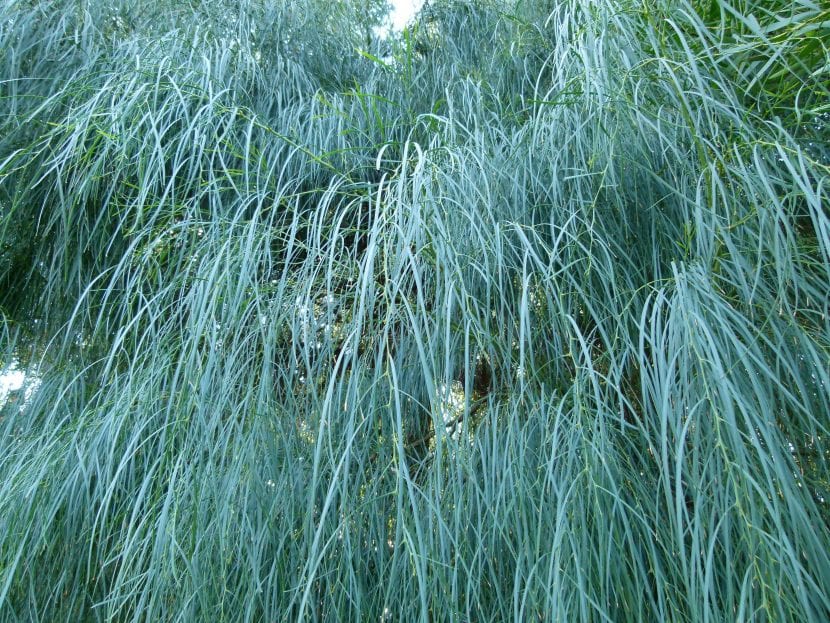
Image - Wikimedia / Dinkum
If you want to have a specimen in your garden, first let me tell you something. It is a plant with great invasive potential. It grows very fast and from experience I can tell you that it does not let anything grow under it: the other plants simply cannot because the roots of the acacia develop in such a way that they hardly leave any holes for other species. Only shade grasses could do it, or grass.
Also, you should keep in mind that it multiplies easily, not so much by seeds as by suckers. It is not uncommon for it to reappear strongly after drastic pruning. Thus, its introduction into nature is prohibited. That said, and as long as it does not leave the garden, and taking into account what I am going to tell you next, it is a very beautiful and interesting species.
Location
The blue acacia must be abroad, if possible in an area where it is in direct sunlight throughout the day. Being a plant that takes up a lot of space - its crown can measure 4-5 meters, perhaps 6m - and having a strong root system, you must plant it at a minimum distance of 7 meters from walls, walls, etc., and of 10 meters of pipes and others.
Irrigation
It depends on where you are going to have it:
- Flower pot: it is recommended that the soil is not dry for too long, so I advise watering it an average of 2-3 times a week in summer, and once or twice a week the rest of the year.
- Garden: during the first year with about two irrigations a week it could be fine, but from the second and if they fall a minimum of 300mm a year, the irrigations can be spaced and even stop watering.
Earth
- Flower pot: fill it with universal growing medium (for sale here).
- Garden: grows on all types of soils.
Subscriber
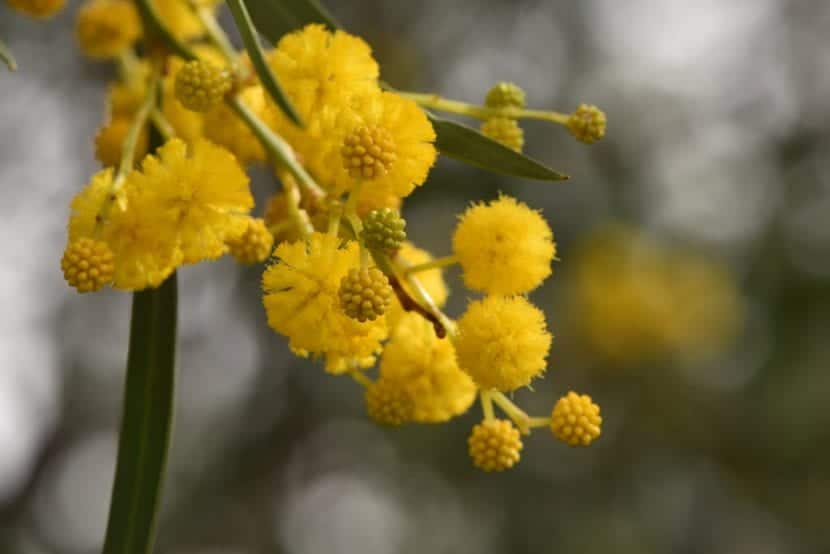
Image - Flickr / liesvanrompaey
He does not need it. In a pot, it is advisable to fertilize it from time to time with liquid fertilizers, such as guano for example that they sell here.
Multiplication
La acacia saligna multiplies by seeds in spring-summer, which have to be placed in a glass of boiling water for a second and then in another with water at room temperature for 24 hours to break their dormancy. This is known as thermal shock and it is very interesting for the seeds of the Fabaceae germinate faster. Once this is done, they are sown in seedbeds with universal cultivation substrate, placing them outside in direct sun, and they are kept humid.
That way they will germinate in about two weeks.
Pruning
Late winter it is advisable to remove dry, diseased, weak or broken branches. Also, from my own experience, I recommend removing those that grow more than the rest, in order to have a tree with a uniform, rounded and compact crown or somewhat open.
Rusticity
Resists up to -12ºC. It can live in climates without frost.
What uses is given to acacia saligna?
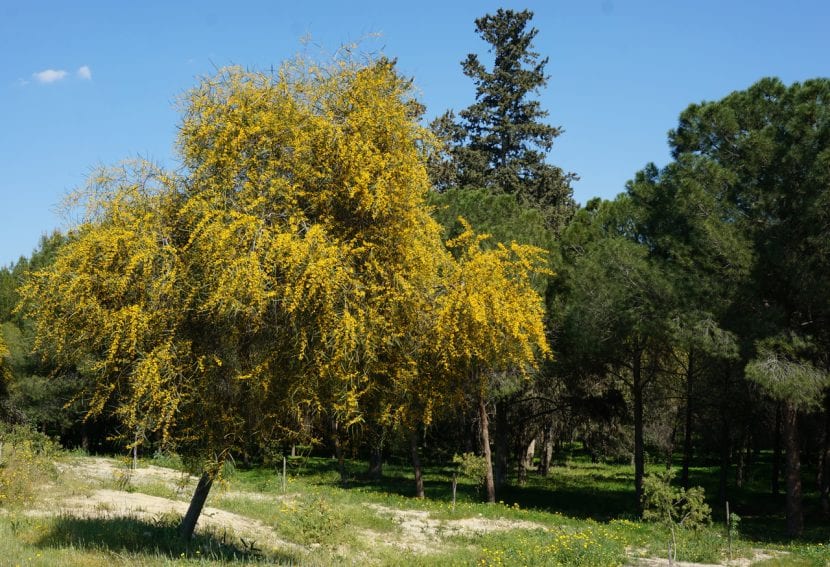
Image - Wikimedia / Anna Anichkova
Ornamental
It is a plant that, if planted in the right place, It is very beautiful in the gardens as an isolated specimen or in alignments.
Food
Both the leaves and the seeds they serve as food for livestock, so if you have these animals, do not use chemical products at any time to take care of the plant for their sake.
Others
Timber used as fuel, and its bark is extracted a resin that is used to make rubber.
What did you think of acacia saligna? If you want to know more about acacias, click here:
